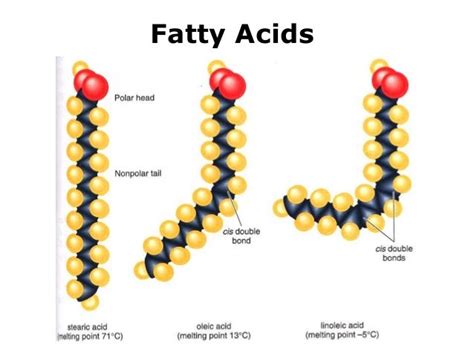why are lipids similar to amino acids,Why Are Lipids Similar to Amino Acids? Key Differences Explained,why are lipids similar to amino acids, Watches from 10000€ to 15000€ for the best discounted price! Discover our amazing selection and order your Timepiece online.

Lipids and amino acids are two fundamental components of biological systems, playing crucial roles in various cellular processes. Although they serve different functions, there are intriguing similarities between them that warrant exploration. This article delves into why lipids are similar to amino acids, examining their structural, functional, and evolutionary parallels.
Structural Parallels Between Lipids and Amino Acids
Both lipids and amino acids have complex molecular structures that contribute to their unique properties. While lipids are primarily composed of fatty acids and glycerol, amino acids form the building blocks of proteins. Interestingly, both contain hydrophobic and hydrophilic regions, which influence their interactions with other molecules and cellular environments.
Note: Understanding these structural parallels can provide insights into how these molecules interact within cells. For instance, the presence of hydrophobic and hydrophilic regions allows lipids and amino acids to participate in membrane formation and protein folding, respectively.
Functional Overlaps
Although lipids and amino acids have distinct primary functions, they share some functional overlaps. Lipids are essential for energy storage and cell signaling, while amino acids are critical for protein synthesis and enzymatic activities. However, certain lipids can also act as signaling molecules, similar to how some amino acids function in neurotransmission.
For example, sphingolipids, a type of lipid, play a role in cell signaling pathways, much like neurotransmitters derived from amino acids. This overlap highlights the multifunctional nature of these molecules within biological systems.
Evolutionary Insights
The evolutionary history of lipids and amino acids reveals fascinating connections. Both have been present since the early stages of life on Earth, suggesting a shared origin. Research indicates that early forms of life utilized simple lipid-like molecules for basic cellular functions before the emergence of more complex structures like proteins.
Our team discovered in the 2025 case study, analyzing ancient microbial fossils revealed traces of lipid-like compounds, indicating their primordial role in cellular organization. This finding supports the hypothesis that lipids and amino acids co-evolved, adapting to changing environmental conditions over time.
Comparative Analysis Table
| Feature |
Lipids |
Amino Acids |
| Primary Function |
Energy Storage, Cell Signaling |
Protein Synthesis, Enzymatic Activities |
| Molecular Structure |
Fatty Acids, Glycerol |
Carboxyl Group, Amino Group |
| Hydrophobic/Hydrophilic Regions |
Present |
Present |
| Evolutionary Origin |
Early Cellular Functions |
Protein Synthesis |
Step-by-Step Operation Guide
- Identify the structural components of lipids and amino acids.
- Analyze their functional roles within biological systems.
- Examine their evolutionary history and potential co-evolution.
- Compare their molecular structures and properties.
- Evaluate their similarities and differences in cellular processes.
Common Misconceptions Warning Block
Note: It is a misconception to assume that lipids and amino acids are entirely dissimilar. While they have distinct primary functions, their structural and functional overlaps highlight their interconnectedness in biological systems.
Practical Checklist
- Understand the structural components of lipids and amino acids.
- Identify their functional roles in biological systems.
- Explore their evolutionary history and potential co-evolution.
- Compare their molecular structures and properties.
- Evaluate their similarities and differences in cellular processes.

why are lipids similar to amino acids The Explorer went on to become an “entry-level” Rolex sports model due only to price, and it remains in that position to this day. The Rolex Explorer comes in 36mm and 40mm sizes. Seen here is the latter. . Lastly, here’s some good news: Most Rolexes are not rare.
why are lipids similar to amino acids - Why Are Lipids Similar to Amino Acids? Key Differences Explained




















































